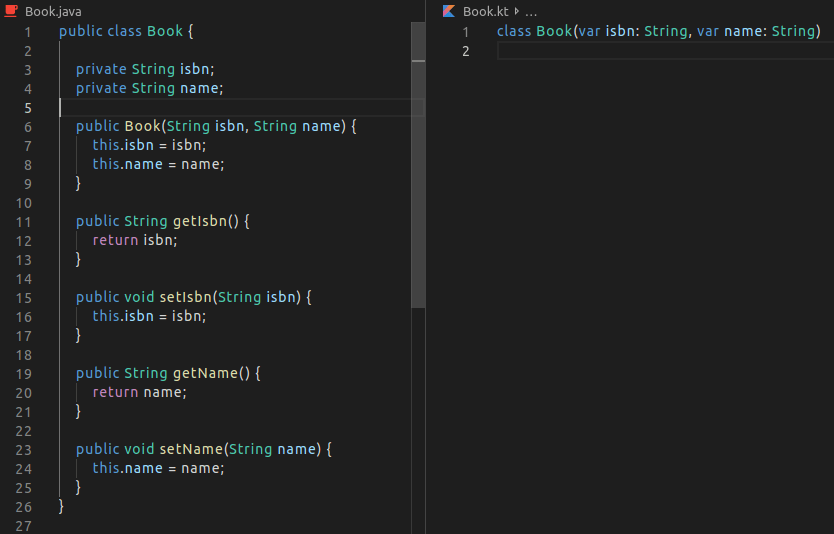Java Design Patterns: A Guide to Architecting Robust and Maintainable Code
Welcome to our comprehensive guide on Java Design Patterns: A Guide to Architecting Robust and Maintainable Code. If you’re a Java developer striving to create efficient, scalable, and maintainable software, understanding design patterns is crucial. Design patterns provide proven solutions to recurring problems in software design. In this article, we’ll delve into the world of Java design patterns, their significance, and how they empower developers to build high-quality applications.
1. Understanding Design Patterns
Design patterns are reusable solutions that address common software design challenges. They are time-tested and embody best practices, making them essential tools in a developer’s toolkit. These patterns provide a shared language for developers to communicate ideas and concepts effectively.
2. Benefits of Using Design Patterns
Using design patterns in your Java applications offers several benefits:
Improved Code Quality and Maintainability
Design patterns promote clean and organized code, making it easier to understand, modify, and maintain. By following established patterns, developers can enhance the software’s stability and longevity.
Faster Development
Design patterns provide ready-made solutions for common problems, saving developers time and effort during the development process. This accelerates project timelines and reduces the likelihood of errors.
Scalability and Flexibility
Design patterns help structure code in a way that allows for easy scalability. As your application grows, design patterns ensure that new features can be added without disrupting the existing architecture.
3. Creational Design Patterns
Creational design patterns focus on object creation mechanisms, providing flexible ways to create instances of objects. Some commonly used creational patterns include:
Singleton Pattern
The Singleton Pattern ensures that a class has only one instance and provides a global point of access to it. This is useful for scenarios where a single instance should coordinate actions across the system.
Factory Method Pattern
The Factory Method Pattern defines an interface for creating objects but allows subclasses to alter the type of objects that will be created. It promotes loose coupling between clients and objects.
Builder Pattern
The Builder Pattern separates the construction of a complex object from its representation, allowing the same construction process to create different representations. This is useful when dealing with complex object creation steps.
4. Structural Design Patterns
Structural design patterns focus on class and object composition, creating larger structures from individual parts. Some widely used structural patterns are:
Adapter Pattern
The Adapter Pattern allows incompatible interfaces to work together by providing a wrapper interface. It’s particularly helpful when integrating legacy code with modern systems.
Decorator Pattern
The Decorator Pattern attaches additional responsibilities to objects dynamically. It offers a flexible alternative to subclassing for extending functionality.
Facade Pattern
The Facade Pattern provides a unified interface to a set of interfaces in a subsystem. It simplifies complex systems and acts as a high-level interface for client code.
5. Behavioral Design Patterns
Behavioral design patterns focus on communication between objects and responsibilities among them. Here are a few noteworthy behavioral patterns:
Observer Pattern
The Observer Pattern defines a dependency between objects, ensuring that when one object changes state, its dependents are notified and updated automatically.
Command Pattern
The Command Pattern turns a request into a stand-alone object, containing all the information needed for its execution. This promotes decoupling of sender and receiver objects.
Strategy Pattern
The Strategy Pattern defines a family of algorithms, encapsulates each one, and makes them interchangeable. It allows selecting an algorithm’s implementation at runtime.
6. FAQs
Q: Why should I use design patterns in Java development?
A: Design patterns enhance code quality, reduce development time, and improve scalability by providing proven solutions to common software design challenges.
Q: Are design patterns specific to Java?
A: No, design patterns are not tied to any specific programming language. They can be applied across different languages and paradigms.
Q: Can I create my own design patterns?
A: While established design patterns cover many scenarios, creating custom patterns is possible if you encounter unique challenges in your application’s design.
Q: How do design patterns promote maintainability?
A: Design patterns encourage modularity and organized code, making it easier to update, modify, and maintain applications over time.
Q: Is it essential to memorize all design patterns?
A: It’s more important to understand the concepts behind design patterns and know when to apply them rather than memorizing each pattern’s implementation details.
Q: Where can I learn more about design patterns?
A: There are various online resources, books, and courses that delve deeper into the world of design patterns and their practical implementations.
Conclusion
In this guide, we’ve explored the world of Java Design Patterns: A Guide to Architecting Robust and Maintainable Code. These patterns serve as invaluable tools for Java developers looking to create efficient, scalable, and maintainable software solutions. By understanding the different types of design patterns and their benefits, you’re better equipped to tackle complex development challenges. Remember, the key lies not just in knowing the patterns, but in applying them judiciously to achieve optimal results in your projects.
SOURCEBAE: Hire Java Developers






